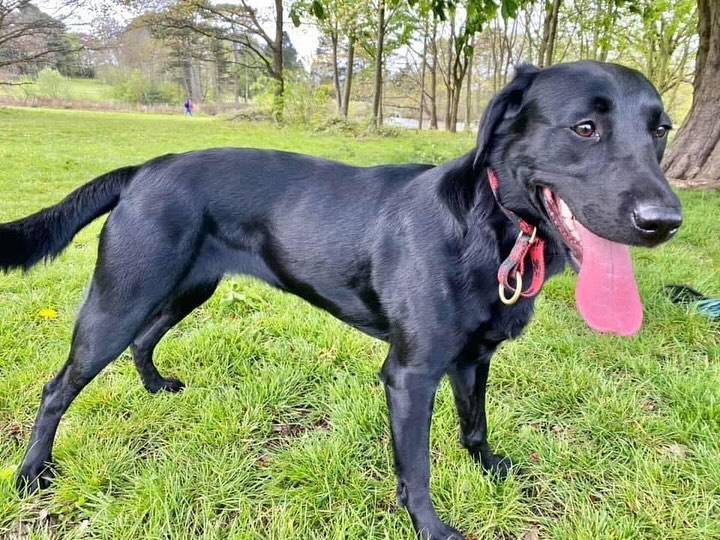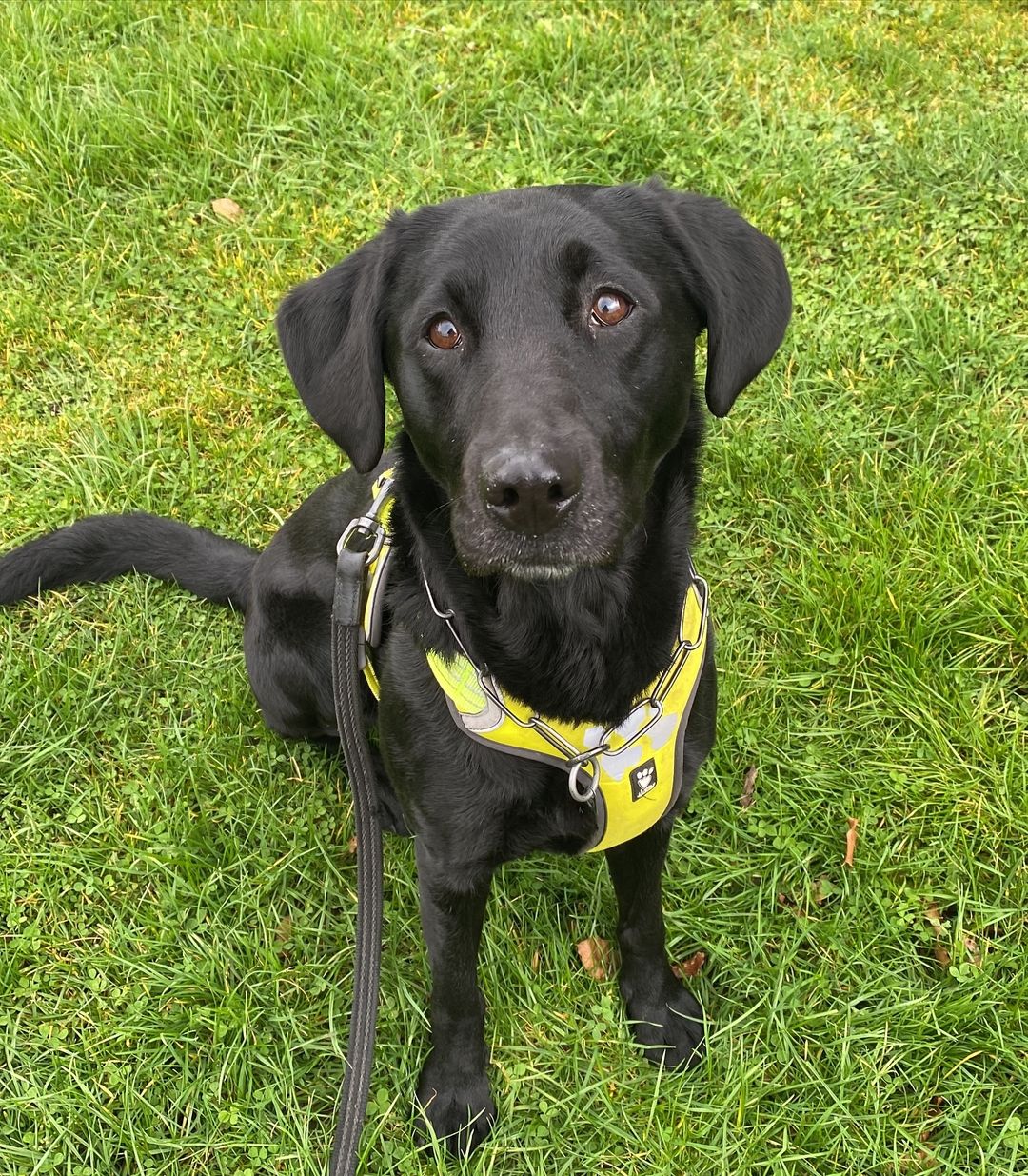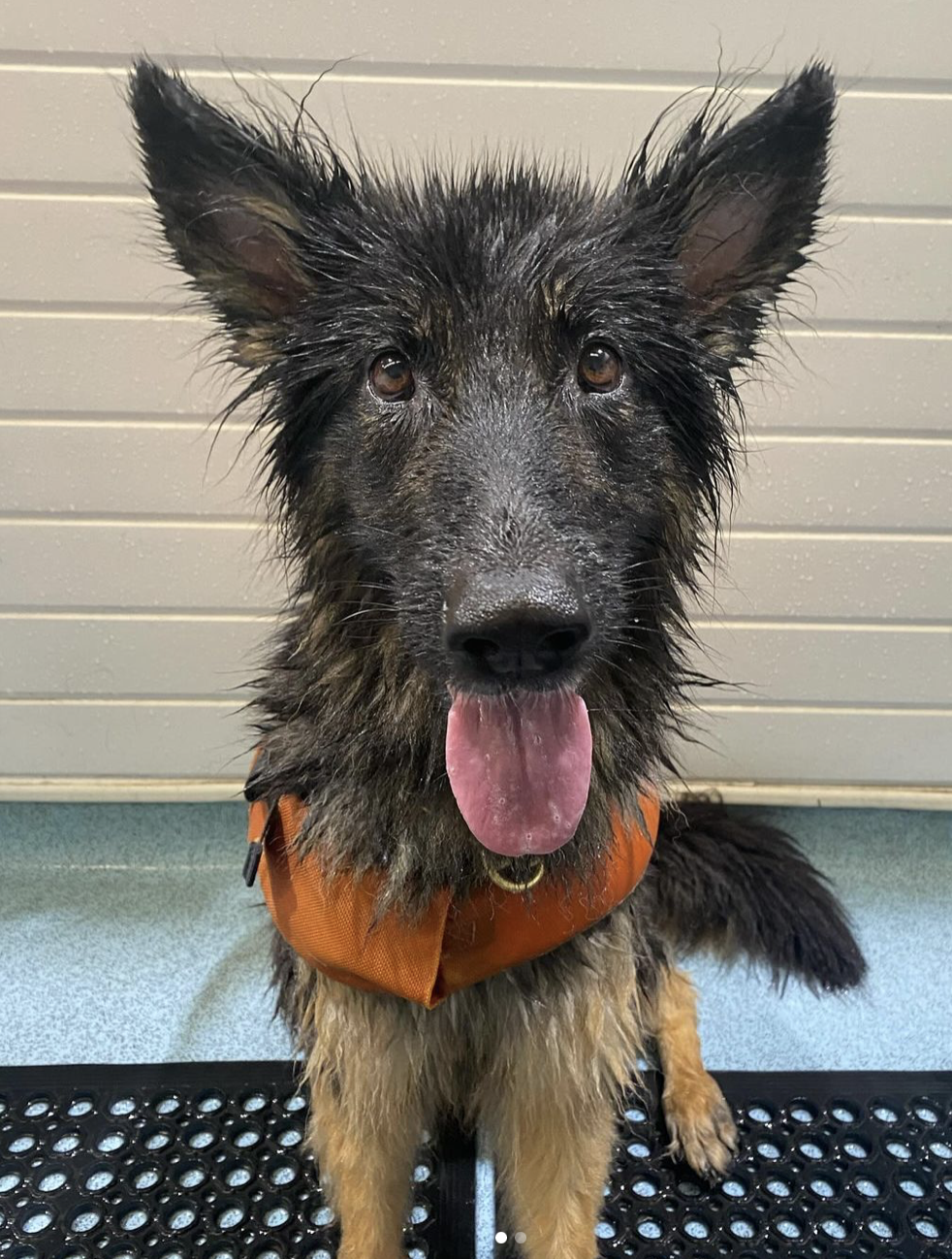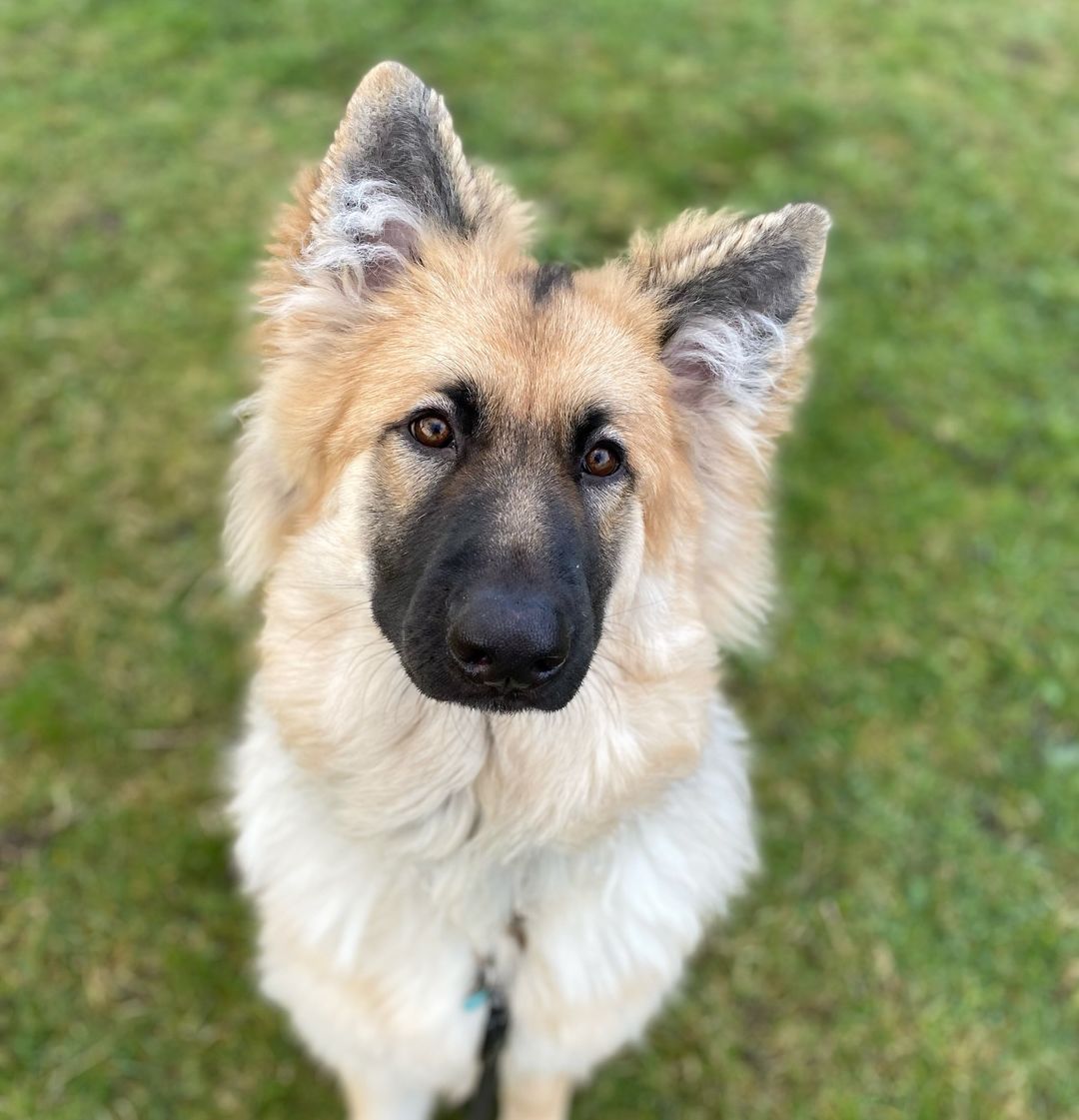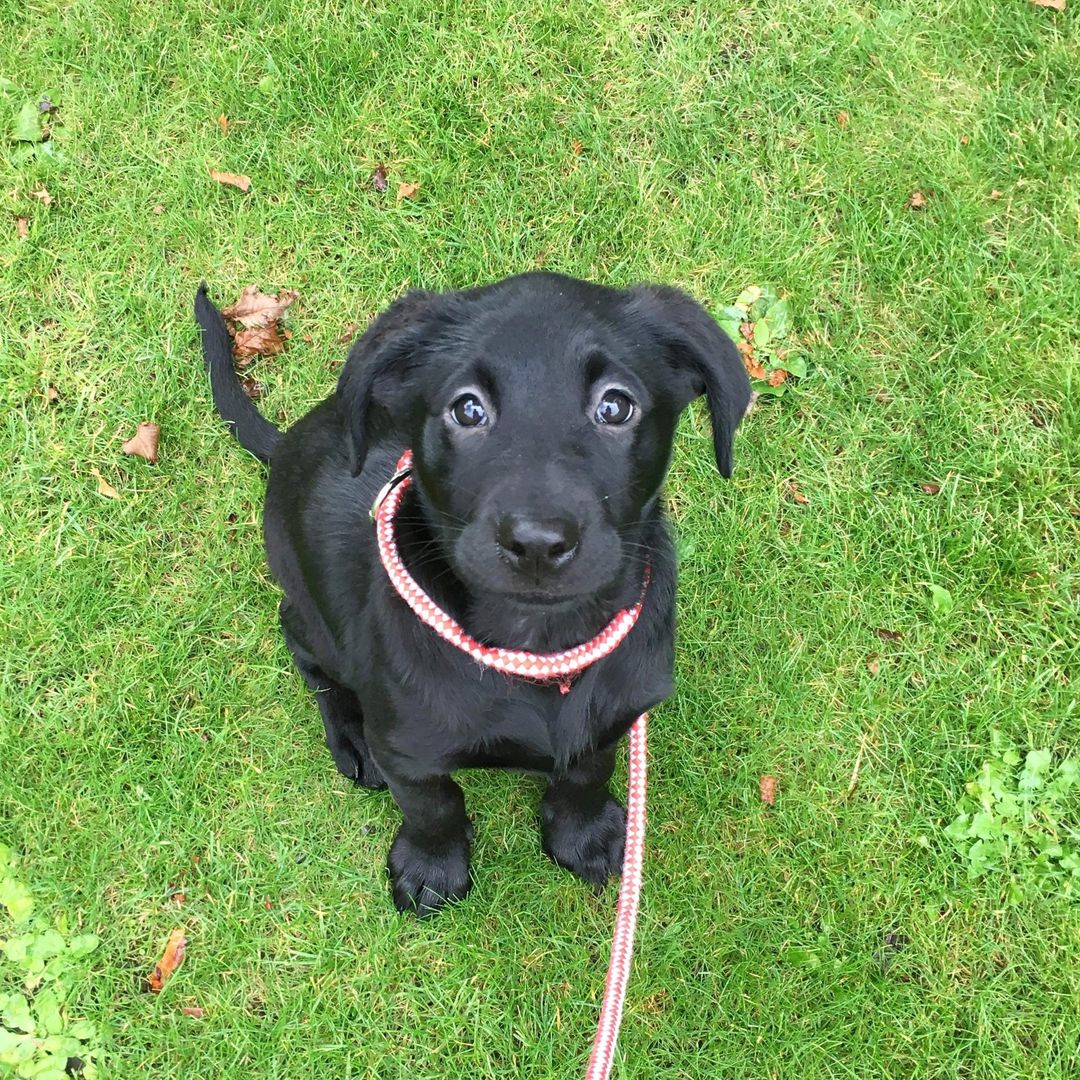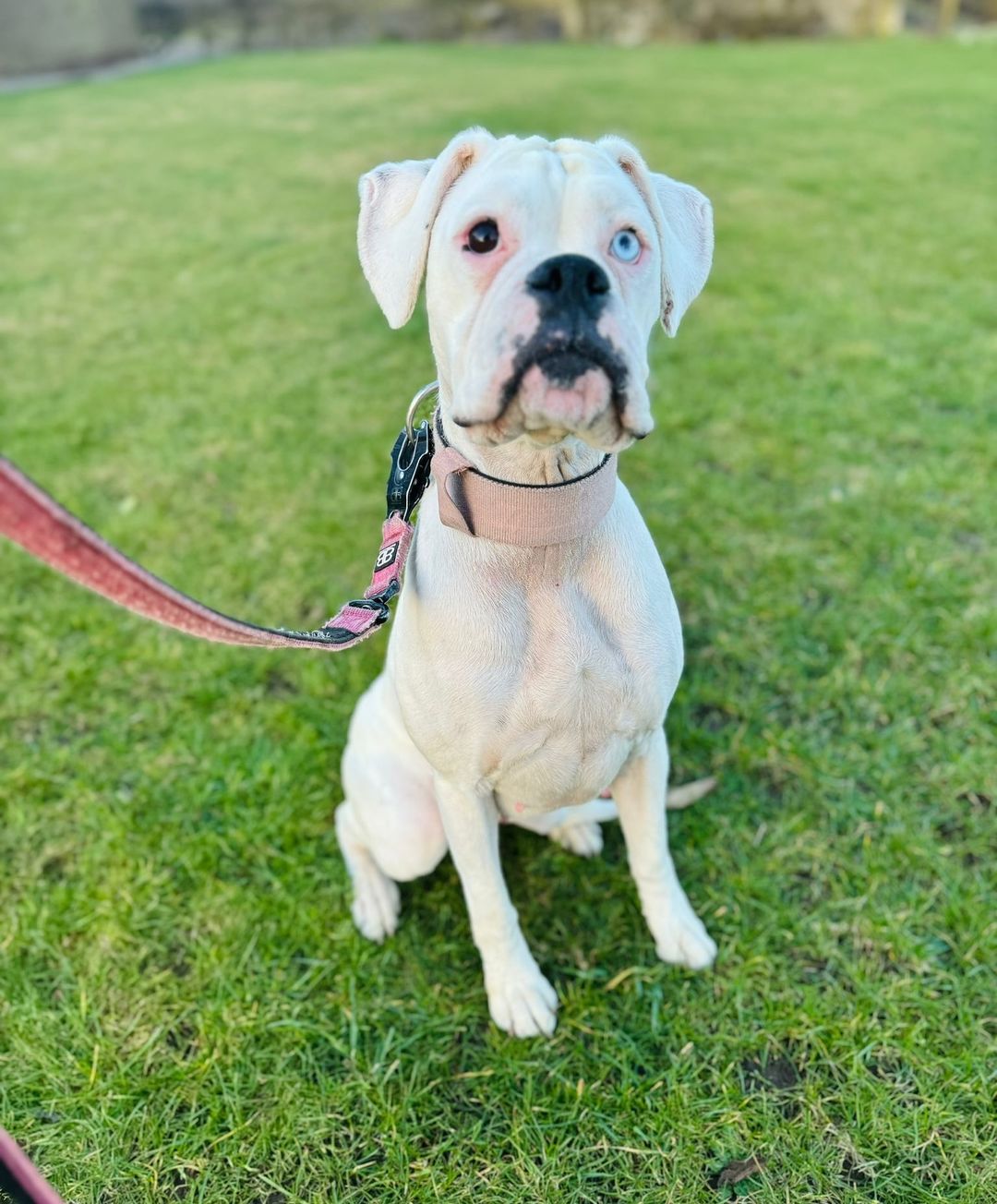You hear these terms mentioned all over the place but what do they actually mean and how are they different?
Some of the ‘lingo’ in dog training can be pretty overwhelming. We don’t believe you need to be a top clinical canine psychologist to rehabilitate your dog (or even simply teach new behaviours), but we also believe you should understand how your dog learns so that you can make the most of it.
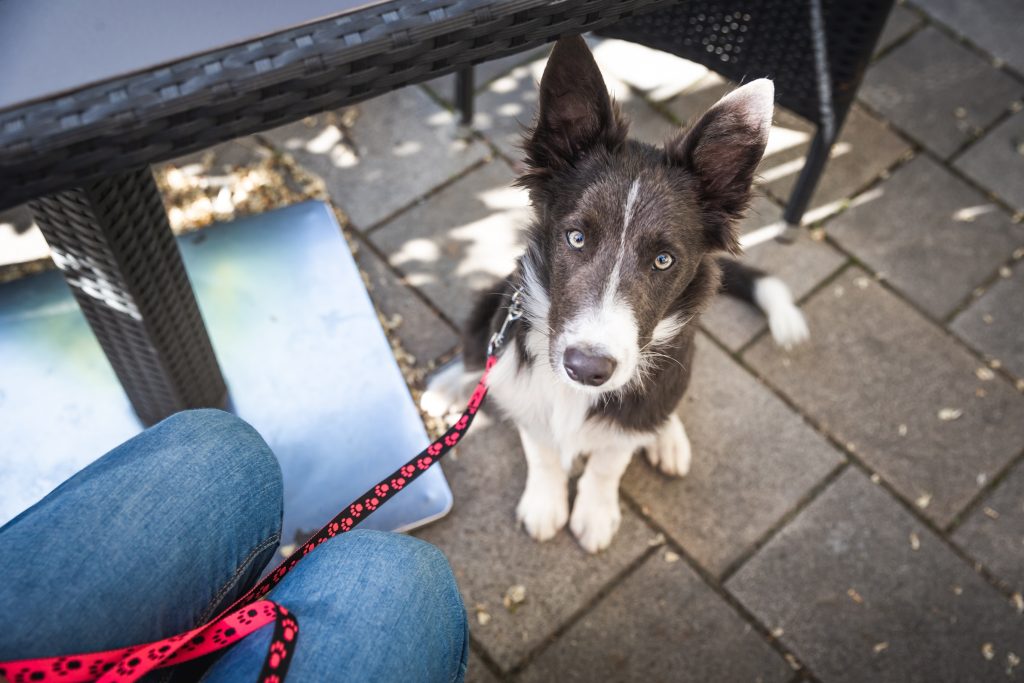
Counter-conditioning is intentional. You are actively trying to change the dog’s association to a stimulus, often by pairing it with something the dog likes (presuming you are trying to create a positive association). For a reactive dog, you might create a ‘look at that’ scenario whereby your dog is rewarded intentionally for being near & looking at other dogs.
Desensitisation is more passive, and can be done unintentionally. You expose the dog to a stimulus without creating a specific training scenario; normally the exposure to the stimulus is initially done at a very low intensity. You might, for example, play a game with your reactive dog at a safe distance from other dogs. Generally, desensitisation aims to create a neutral response e.g. desensitisation to
fireworks. It is possible to use both techniques together. A dog has arguably been desensitised to a stimulus if you have ‘accidentally’ caused a neutral response (rather than a response stemming from fear or excitement); counter-conditioning is usually more planned & detailed. We aim to change the emotional state (desensitisation) and the behavioural response (counter-conditioning). It is arguable that you cannot do one without the other.
Our tips:
See a reputable, trustworthy professional! Don’t try to c-c or desensitise a dog without guidance.
Do not rush – increase threshold & expectations gradually. We are trying to reduce stress and improve mental wellbeing in our dogs; it’s not a competition. Granted – some stress in the learning process is inevitable, but we want this to be more eustress rather than distress.
Learning should be as fun as possible – we want to build our dog’s confidence and take a minimally-aversive approach.
Teach a brilliant marker word system so you can reward desirable behaviour effectively.
If appropriate, teach an incompatible behaviour to the undesirable behaviour.
Learn how to handle a leash effectively – the most skilled handlers in the world use pressure, corrections and looseness to their advantage.
Take a step back if you or your dog are struggling. Breathe! You cannot train if you are not emotionally clear-headed. You need to be emotionally neutral. Do not tighten that lead for no reason!
Allow decompression after training, and provide fulfilment overall.
We aim for neutrality to a trigger that was previously triggering. When training your dog, don’t forget to stay in your lane of capability and check with a reputable professional if in doubt about anything. We all want the same things for our dogs – peaceful walks and a loose lead!
